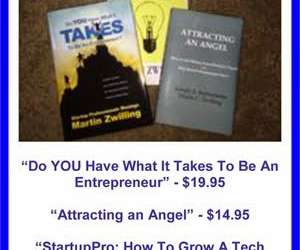8 Entrepreneur Mistakes That Turn Off Real Investors
Startup Professionals Musings
DECEMBER 11, 2022
Getting investors to trust you with their money is always a challenge, and it’s even more difficult in the early stages, where you don’t have a significant revenue stream, a few customers, or maybe even a product yet. Here is my list of red flags that cause many investors to look elsewhere: No well-defined need or viable customer set.















Let's personalize your content